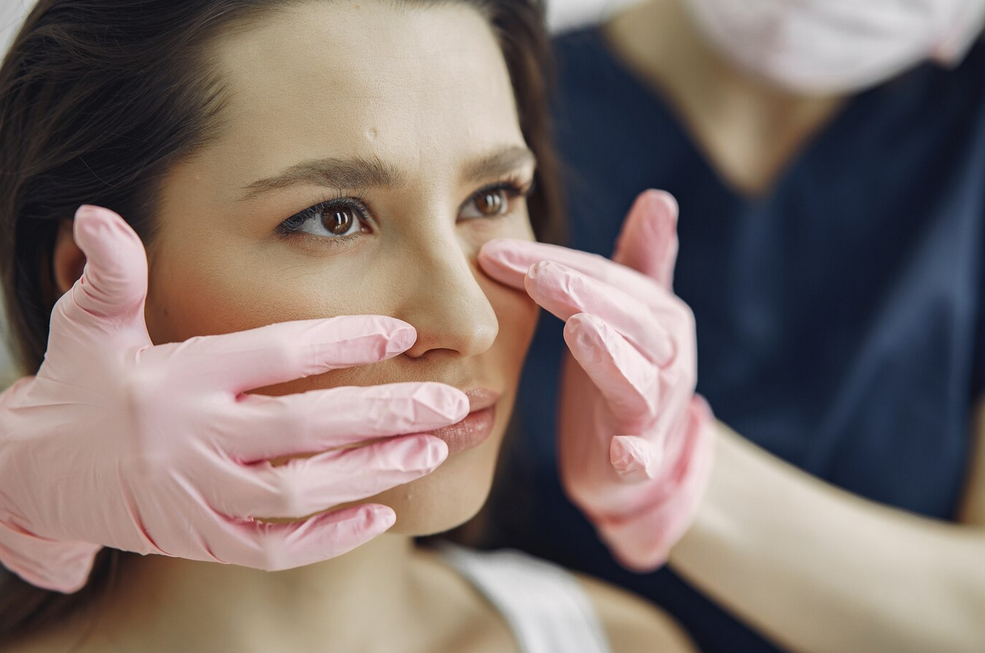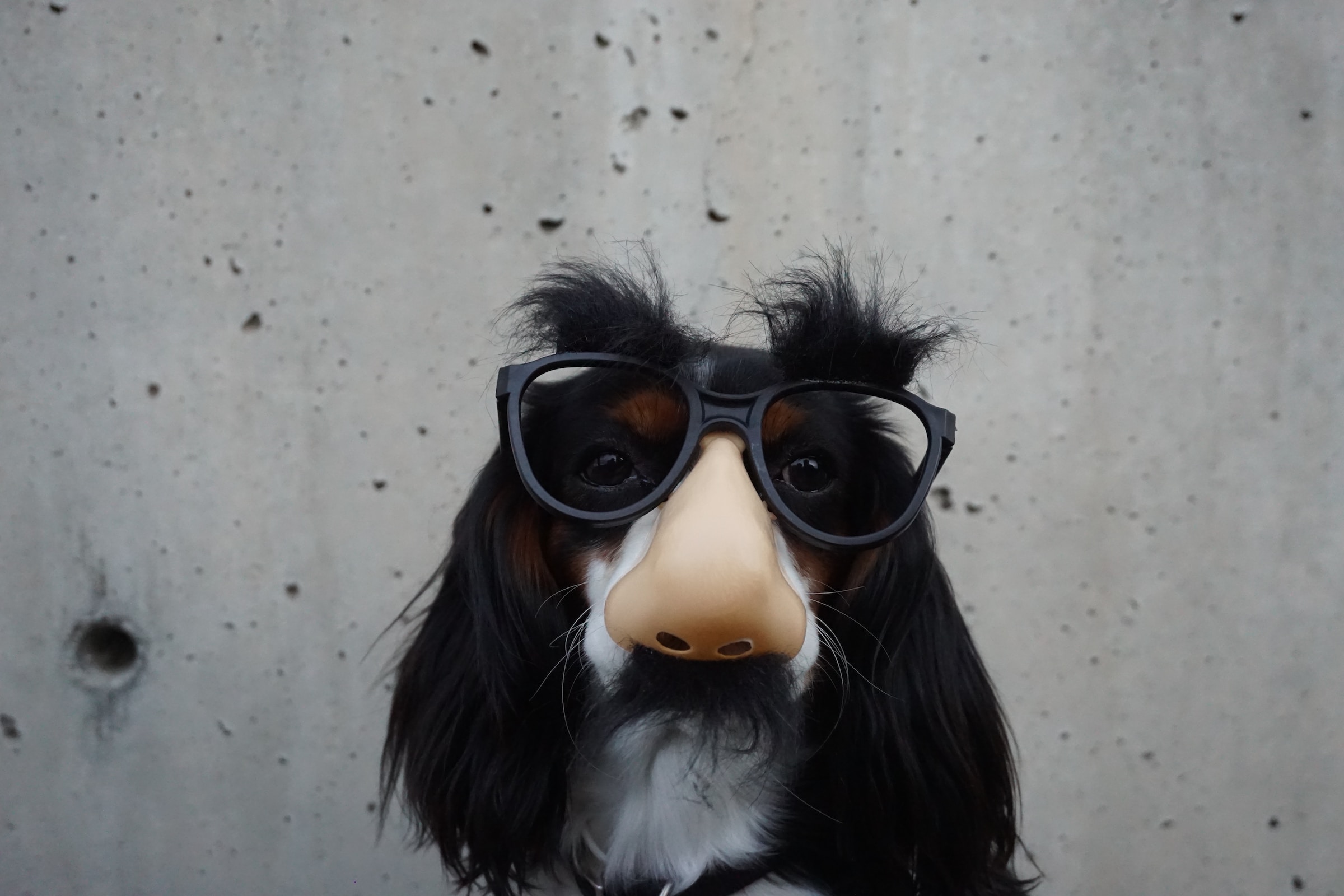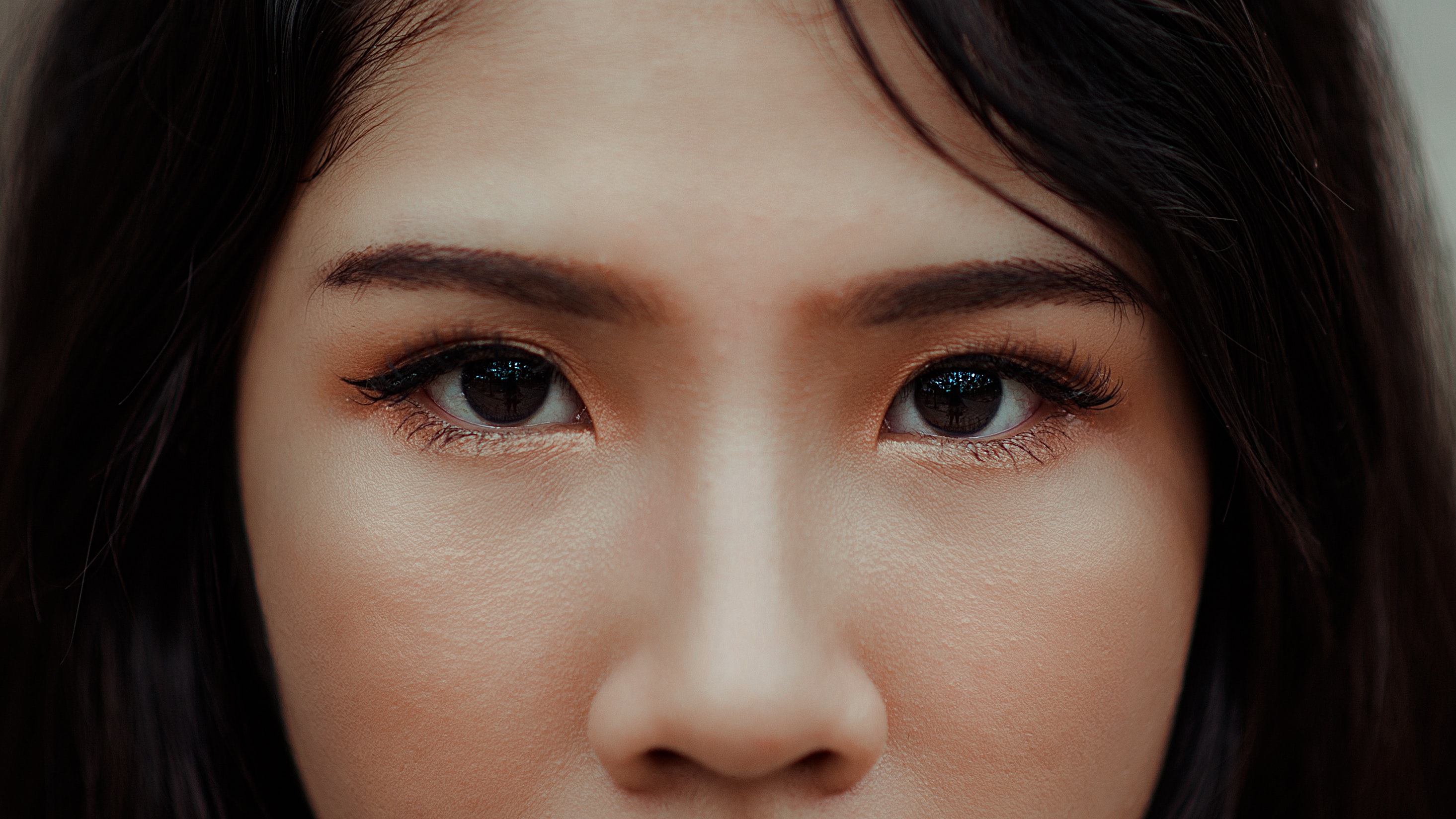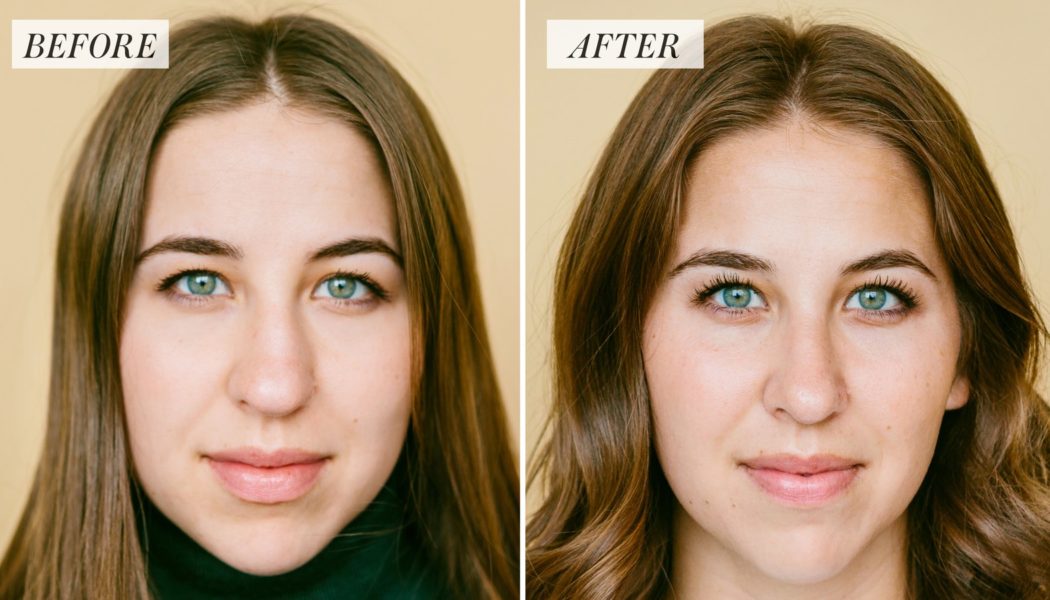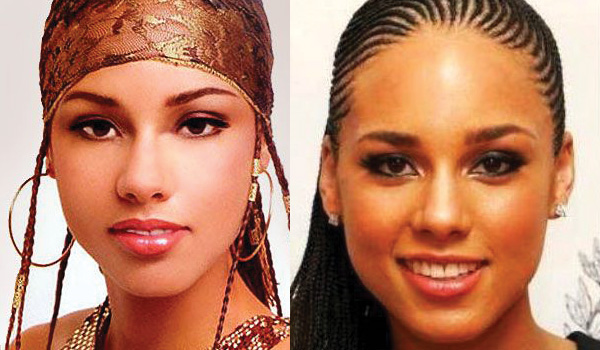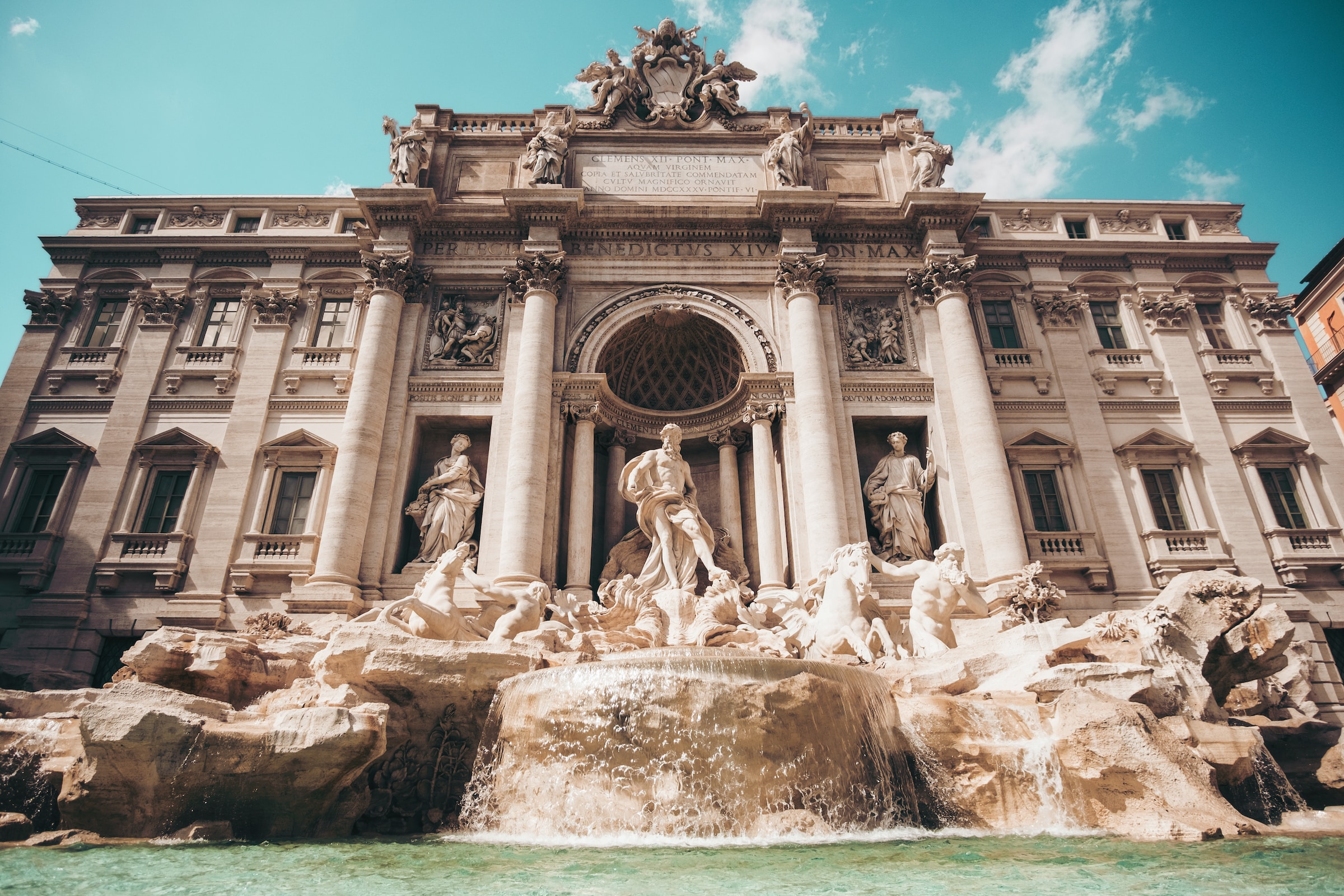Rhinoplasty in South Korea
Search and Compare the Best Clinics and Doctors at the Lowest Prices for Rhinoplasty in South Korea






Rhinoplasty at Samsung Medical Center in Seoul, South Korea





Rhinoplasty at BK Plastic Surgery in Seoul, South Korea





Rhinoplasty at VG Plastic Surgery in Seoul, South Korea





Rhinoplasty at Nana Plastic Surgery Hospital in Seoul, South Korea





Rhinoplasty at 1mm Plastic Surgery in Seoul, South Korea





Rhinoplasty at POP Plastic Surgery & Skin in Seoul, South Korea



Rhinoplasty at Delightful Aesthetics Plastic Surgery in Seoul, South Korea





Rhinoplasty at Glovi Plastic Surgery in Seoul, South Korea





Rhinoplasty at Sun Medical Center in Daejeon, South Korea





Rhinoplasty at Hanyang University Medical Center in Seoul, South Korea





Rhinoplasty at Cheil General Hospital & Women's Healthcare Center in Seoul, South Korea





Rhinoplasty at Kyung Hee University Hospital in Seoul, South Korea





Rhinoplasty at Severance Hospital in Seoul, South Korea





Rhinoplasty at The LINE Plastic Surgery in Seoul, South Korea





Rhinoplasty at JK Plastic in Seoul, South Korea





Rhinoplasty at Wonjin Plastic in Seoul, South Korea





Rhinoplasty at Grand Plastic Surgery in Seoul, South Korea





Rhinoplasty at JW Plastic Surgery in Seoul, South Korea



Rhinoplasty at April 31 Plastic Surgery Clinic in Seoul, South Korea


Rhinoplasty at Well Plastic Surgery Clinic in Seoul, South Korea
Our partner clinics in are accredited by the following associations



































































































































Compare Before & After Photos of Rhinoplasty









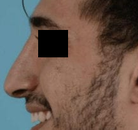

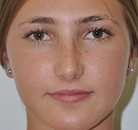

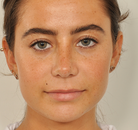

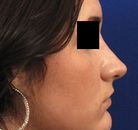

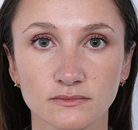
No Time?
Tell us what you're looking for and we'll reach out to the top clinics all at once
WHY US?





















































































































































No Time?
Tell us what you're looking for and we'll reach out to the top clinics all at once
What is a Rhinoplasty?

Rhinoplasty, most commonly referred to as a nose job, is a surgical procedure that changes the nose's shape or improves its function by modifying the cartilage or the bone. This procedure is mostly done for cosmetic reasons to make the nose more aesthetic looking by creating facial balance and correcting proportion. Some of the possible changes that surgeons can make to the nose through Rhinoplasty include a change in shape, reshaping the tip, a change in size, narrowing of the nostrils, and straightening of the bridge.
Rhinoplasty can be done for medical purposes, as well. For medical reasons, this surgery is used to correct a birth defect, repair an injury, or treat breathing problems. One of the most common medical conditions that require Rhinoplasty is a deviated septum, which is a condition that causes someone's breath to be impaired.
Why should you consider getting a Rhinoplasty in South Korea?
Rhinoplasty is by far one of the most sought-after plastic surgeries in the world, and among all places, South Korea is the top choice for international medical tourists to undergo this particular surgery. There are numerous reasons why South Korea is the perfect destination for Rhinoplasty. Below are some of the primary reasons:
- South Korea is the world's plastic surgery capital – with nearly 1 million cosmetic surgeries performed each year, South Korea is often considered as the global capital of plastic surgery. Of that 1 million procedures performed, Rhinoplasty is regarded as the second most popular cosmetic surgery in this country, right next to Blepharoplasty (Double-Eyelid Surgery). Rhinoplasty is also deemed one of the best plastic surgery in Korea. With the number of plastic surgeries performed in South Korea each year and Rhinoplasty's popularity in the country, it is no wonder that many people choose to have their nose job here.
- World-class medical centres – the medical centres in South Korea are top-notch and boast high-tech equipment backed by the country's leading IT systems. Some of the equipment is even more advanced than in the US or Western Europe. Besides the medical equipment, medical centres in the country are also known for their comprehensive services, such as attentive nurses and online consultation. Many of those who have had Rhinoplasty in Korea experienced a comfortable stay and received amazing results thanks to the medical centers' excellent service.
- Multilingual staff – miscommunication might be the number one fear that medical tourists have. However, you don't have to worry about it in South Korea. Many of the staff and surgeons in the country can speak at least a basic level of English. The surgeons speak good English more often than not since many of them got their degrees in an English-speaking country.
- Skilled and experienced surgeons – with the massive number of plastic surgeries performed in South Korea each year, it can be presumed that the surgeons in this country are highly experienced, making them experts in their own right. Some of the surgeons have even been performing Rhinoplasty for decades. In addition, the well-trained surgeons in this country stay up-to-date with the newest advancements in rhinoplasty techniques. Besides surgical and technical skills, plastic surgeons in South Korea also have artistic skills, so patients can be sure to receive the best results that may even exceed their expectations.
- Detailed Rhinoplasty – as the beauty standards in South Korea are very detailed, every rhinoplasty procedure in the country is always customized precisely to cater to everyone's needs. Like in other parts of the world, South Korean nose jobs can be done for males or females, and the procedure is designed to match each facial structure. The surgeons will ensure that the result of the procedure balances your facial proportions to create a harmonious face and nose. Many people who had Rhinoplasty in Korea leave good reviews about their surgeons and medical centres. They claim to be happy with the results of their nose jobs. You can also see lots of Korean Rhinoplasty before and after pictures and see that the results are really natural.
- Lower costs of Rhinoplasty – South Korea might not be the cheapest rhinoplasty destination in Asia, but it is outright the best in the region. However, compared to many Western countries, such as the United States, the United Kingdom, and Australia, Rhinoplasty's cost in South Korea is a lot cheaper. This allows international medical tourists to save their money without having to sacrifice the quality of surgery.
- A chance to have a fantastic holiday – your trip to South Korea can be more than just for Rhinoplasty. You can enjoy the beautiful environment, watch a K-Pop show, savour the delicious foods, and visit world-famous attractions.
What is the average price for Rhinoplasty surgery in South Korea?
As mentioned before, Rhinoplasty in South Korea is a lot cheaper than in most Western countries like the United States and the United Kingdom. You may also have read a lot of discussion about nose jobs in Korea and the price on Reddit, but how much cheaper is it really?
According to the American Society of Plastic Surgeons, Rhinoplasty's average cost in the United States is 5,409 USD. You can get the same procedure in South Korea with the same quality for approximately 1,229 USD to 3,742 USD. In most cases, this price is all-inclusive with accommodation and transport.
What type of Rhinoplasty can you get in South Korea?
There are several types of Rhinoplasty available in South Korea. You have the option to request customized nose jobs based on your facial structure, skin type, and preferences. The type of nose jobs you can undergo in South Korea are as follows:
- Nasal Bridge Augmentation – Nasal Bridge Augmentation, also known as Dorsal Augmentation or Korean Nose Lift, is a surgical procedure to increase the nose bridge’s height. The main goal of this procedure is to make the nose more pointed. It is ideal for those who want to correct their flat noses. During this procedure, the flat parts of the nose are lifted to the desired shape. The nose is usually filled to its perfect size using a silicone implant or patient's body tissue.
- Short Nose Surgery – Short nose, also known as 'piggy nose,' lacks in nasal length and height due to the lack of cartilage, which makes the nostrils look a bit more emphasized. With Short Nose Surgery, the height and length of the nose are extended. This procedure involves grafting the ear cartilage, repositioning the lower lateral cartilage, as well as the projection of the nasal tip and augmentation of the nasal dorsum. It is the most complex and challenging type of nose job in South Korea and other parts of the globe.
- Nose Tip Augmentation Surgery – Nose tip augmentation surgery is performed to enhance the height of the nose tip or change its shape. It is mostly done for people with low and blunt nose tip who want to improve their facial image.
- Alar Reduction Surgery – Alar reduction surgery is a type of Rhinoplasty performed to address the width of the nostrils to improve its shape and size. During this procedure, the size of the nostrils is altered from a circular shape to an oval shape, which prevents the alar area of the nose from widening while speaking or laughing.
In terms of materials, there are three main types of Rhinoplasty in South Korea:
- Silicone Rhinoplasty – Silicone is the most popular material for Rhinoplasty. It is easy and quick to put in place and is easy to replace in case of a revision. Silicone is a preferred material for plastic surgeons since it is easier to sculpt and carve to achieve the desired nose shape. It is also relatively cheaper than other materials.
- Gore-Tex Rhinoplasty – Gore-Tex is a newer material used in Rhinoplasty. Just like silicone, it is also synthetic. It is made of expanded polytetrafluoroethylene (e-PTFE). Compared to silicone, Gore-Tex has better stability and gives more natural results.
- Rib Cartilage Rhinoplasty – Rib Cartilage Rhinoplasty is the type of Rhinoplasty that uses your own rib cartilage to design your nose from the basement to the tip. It can be done using 100% of your natural rib cartilage or combined with a silicone implant. In most cases, rib cartilage rhinoplasty is done for people with severe short noses caused by infection and repeated revision rhinoplasty. However, rib cartilage can also be used to correct other problems. Rib Cartilage Rhinoplasty in Korea can cost more than Silicone Rhinoplasty and Gore-Tex Rhinoplasty in many cases since it involves more procedures, such as the harvest of the rib cartilage.
What should you expect when having a Rhinoplasty treatment in South Korea?
Rhinoplasty in South Korea is performed under general anesthesia or local anesthesia with sedation. The type of anesthesia used depends on the complexity of the surgery and the surgeon's preference. With general anesthesia, you will be put in a very deep sleep and will not feel anything throughout the surgery. If local anesthesia with sedation is used, you will still be awake during the surgery, but you not feel any pain.
Each Rhinoplasty is unique and customized for your specific goals and anatomy. Therefore, it does not have an ordered series of steps. In general, your surgeon will make incisions inside or between your nostrils. The skin will then be separated from the cartilage or bone, and then they start the reshaping. If Rhinoplasty is done to increase the height or length of the nose, your surgeon will insert the silicone implant, Gore-Tex implant, or rib cartilage. The procedure may take around one to two hours to complete, but it may take longer if the surgery is very complicated.
How long should you stay in South Korea after your Rhinoplasty surgery?
After the surgery, you will be monitored by the medical staff in a recovery room. You may be allowed to leave the hospital on the same day, but if you have other health issues or if the procedure is complicated, you may need to stay overnight. Although you don't have to stay in the hospital overnight, you should not leave South Korea right away.
Flying is prohibited for at least five days after the surgery because, while unlikely, there is a possibility that you will have a nosebleed during the flight, which could lead to complications. You will also need to attend several follow-up appointments so your surgeon can have check-ups on you. On the seventh day following your surgery, the stitching, splints, any casts will be removed. This means that you have to stay in South Korea for at least a week before you are allowed to fly home.
The good news is, you can go sightseeing after the first two days of your surgery. Even with a cast in place, it is acceptable for you to enjoy South Korea, as long as you stay away from strenuous activities and any activity that elevates your heart rate. For example, if you had your Rhinoplasty in Seoul, you should be able to visit the National Museum of Korea, see Seoul Tower, or go to Gyeongbokgung Palace. Just make sure you consult with your surgeon first and follow all the recommendations they give you.
How long does it take to recover from a Rhinoplasty?
While you should be allowed to return to work or school within a week or two following your Rhinoplasty, you should avoid strenuous activity such as intense exercise for about 3 to 6 weeks. The bruising and swelling should have faded within 3 to 4 weeks post-surgery. You may see the final result in six months, but it may take up to one year until you can see the full effects of your nose job.
During your recovery time, make sure to follow all of the aftercare instructions that your surgeon gives to avoid complications, speed up your recovery process, and achieve the best results. The aftercare instructions may include:
- Rest with your head elevated above your chest to reduce bleeding and swelling. If your nose is packed with cotton or swollen, you might feel congested.
- Take baths instead of showers while you still have bandages on your nose.
- Avoid extreme facial expressions, such as laughing. Do not blow your nose and avoid excessive chewing.
- Do not rest sunglasses or eyeglasses on your nose to prevent pressure on your nose.
What are the risks associated with having a Rhinoplasty in South Korea?
Given the technological advancement of the equipment used for Rhinoplasty in South Korea, as well as the surgeon's experience and skills, getting a rhinoplasty in this country is very safe. In fact, the success rate is very high, with an average of around 85% to 90%. It is important to remember, however, that all surgeries have risks. The risks are bleeding, infection, an adverse reaction to the anesthesia, permanent numbness in or around your nose, difficulty breathing through the nose, persisting pain or swelling, scarring, uneven-looking nose, septal perforation, and a need for revision surgery. As long as you choose a licensed medical center and certified surgeon, serious complications are very unlikely to happen.
This information has been accurately sourced and verified by a medical professional for its accuracy, however, we strongly recommend you to consult with your doctor before pursuing medical procedures overseas.






